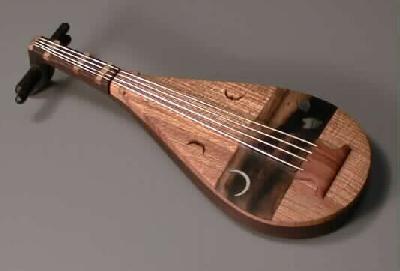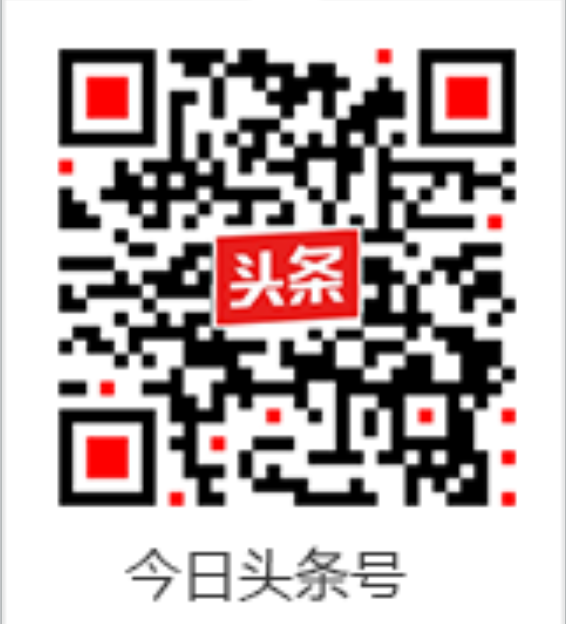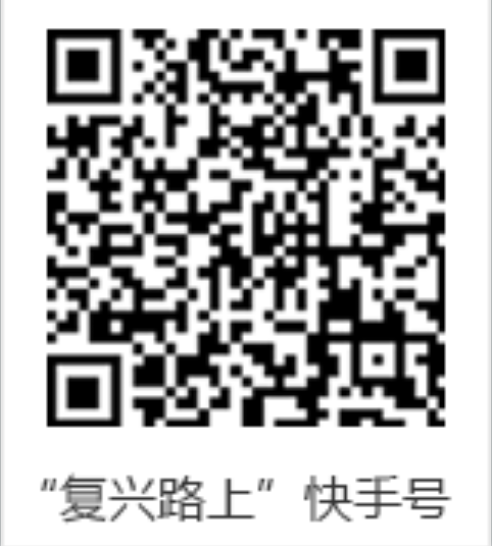

Pipa is a kind of musical instrument, which got the name of the two ways of playing: Pi and Pa. The name of Pipa was fixed in the Sui (581-618) and Tang (618-907) Dynasties, and the form was fixed in the Ming (1368-1644) and Qing (1644-1911) Dynasties.
Pipa reached its zenith of popularity in the Tang Dynasty. Frequent competitions at that time promoted the improvement of the performing techniques.
The score of Pipa can be divided into three categories: the literary score, the martial score and the big score.
The literary score mainly focuses on expressing emotions, with a soft, smooth and light tune. The Moonlit Night on Spring River and the Imperial Palace Autumn Moon are the representatives.
The martial score is rough, bold and unconstrained. The representatives are the scores describing the battlefield such as the Surrounded on All Sides, The Overlord Doffs His Armor.
The big score is active and free.
The long-time history endowed Pipa a rich collection of scores and a mature performing technique. The Huaqiucao Pipa Score, published in 1818, collected more than ten complete scores. Shen Hao, a descendant of the Pudong School, wrote the Yangzhengxuan Pipa Score after summarizing the performing techniques of the Pudong School in 1929. Liu Tianhua and Hua Yanjun are both famous instrumentalists and composer who did great contribution to the development of Pipa. Liu Dehai, modern instrumentalist of Pipa, composed the famous concerto of Pipa the Brave Sisters on the Grassland, innovating the new techniques as well as exploring new ways for the Pipa performance.





















